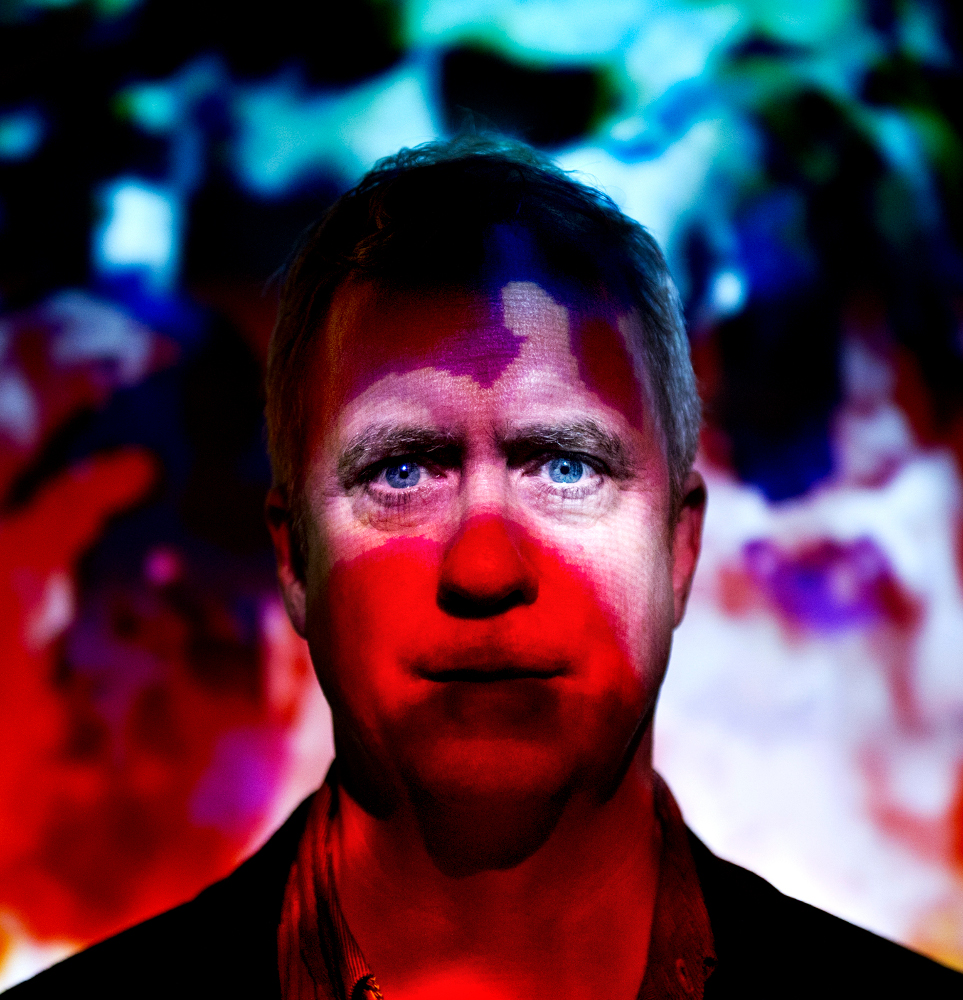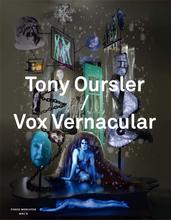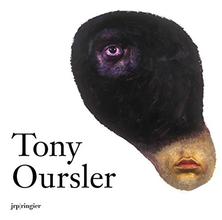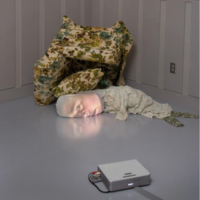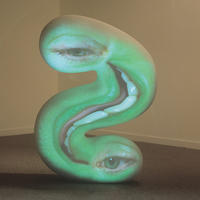More about Tony Oursler
- All
- Info
- Shop
Works by Tony Oursler

Contributor
Whispering, disembodied heads floating in the darkness...enormous blinking eyeballs...no, it's not a nightmare, just a Tony Oursler installation.
This American artist is famous for his video sculptures, where he projects moving images onto whatever dream-like objects he can think up. Pieces of translucent plastic make the talking heads appear ghostly and see-through. Curved surfaces warp the facial features. And metallic materials lend an eerie, sparkling quality to the large creatures.
Even though Tony’s work was well-known in the late ‘80s, he barely made any money off of it. After struggling for a few years with drug and alcohol abuse, he started picking up odd jobs to get back on track. "Being a compulsive worker saved me," he says. "Work was therapeutic. It's one thing to have a problem with drugs but another to have a problem and nothing to do with yourself.''
So he scoured electronics magazines the way a painter would scour the shelves at an art supply store, and finally stumbled across a miniature projector- a game changer. It came in the mail and he realized he could project a little face onto the head of a Barbie doll. Literally, a “lightbulb moment." Years later, his animated faces light up huge sculptures instead of dolls...but are just as creepy.
Next, Tony dove headfirst into the fourth dimension, with the help of a family of spiritualists called the Foxes. Their claim to fame was communicating with the dead through Morse code. Back in the day, spiritualists tried to listen to the afterlife by using radios and microphones, and the concept of using machines to contact other realms of existence fascinated Tony.
Hand in hand with microphones and radios comes the antenna, which became another huge force in Tony’s work. In his words, the antenna represented “the idea that an object could transform what’s invisible -- waves in the air, electronic signals -- into something visible.” He saw this as a “metaphor for art: making visible an intangible sensation.”
You might wonder how Tony made his visions of floating heads visible in a time before video editing was easy and accessible. The madman used a vertical board with a hole in it, nailed to a desk. Like a medieval torture device, he put his subject’s neck through the hole, as to prevent the body from being recorded. One of his favorite people to tape, a Ms. DeJong, requested neck massages every time she got a break.
From there, Tony’s video work continued to grow, warp, and explore both the dark and humorous sides of human existence. The heads whisper strange scripts that Tony writes himself and have entranced art viewers for decades. If you’re lucky, you’ll get a chance to witness his fusion of art, technology, and human feeling in person.
As for the future, he's not shying away from experimentation:
“Whenever some new technology arrives...people say it's either salvation or the devil. Movies and television, now the Internet....I'm fascinated how we want to put ourselves in a kind of trance through these technologies, to immerse ourselves in them so that we can experience something we don't want to confront in real life. To dance with the devil, you might say.''
Featured Content
Here is what Wikipedia says about Tony Oursler
Tony Oursler (born 1957) is an American multimedia and installation artist married to Jacqueline Humphries. He completed a Bachelor of Fine Arts at the California Institute for the Arts, Valencia, California in 1979. His art covers a range of mediums, working with video, sculpture, installation, performance, and painting. The artist currently lives and works in New York City.
Check out the full Wikipedia article about Tony Oursler

